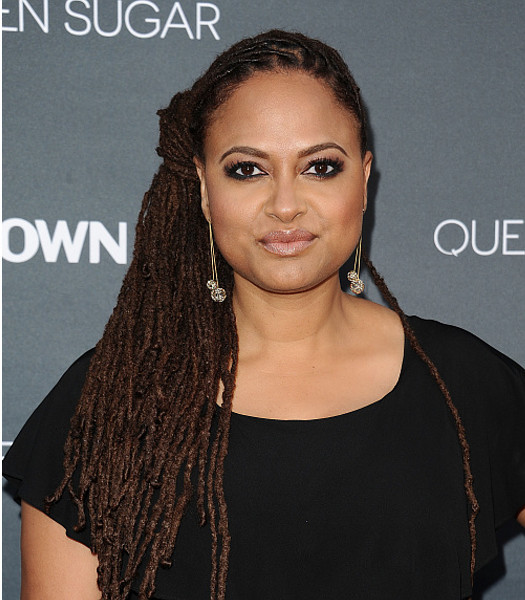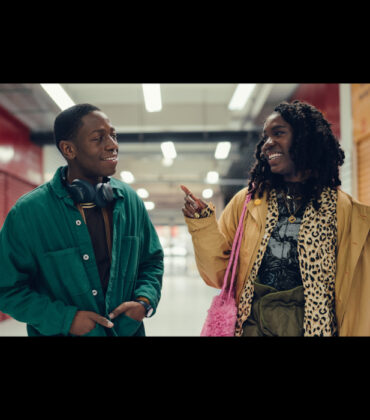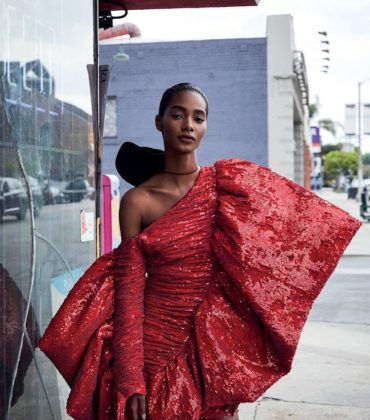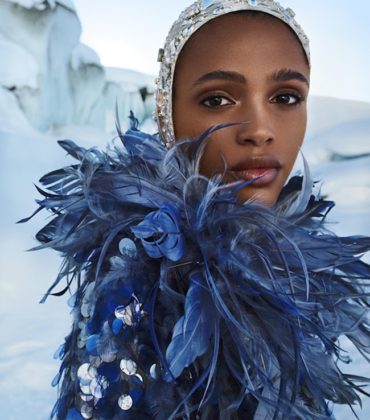
Ava DuVernay recently gave a pretty informative and poignant interview in a cover story for New York Magazine’s The Cut.
DuVernay talked her early aspirations — she wanted to be a lawyer, and her early experiences in the entertainment industry — she interned for CBS during the trial of O.J. Simpson. She also touched on what what drives her to use her platform as a filmmaker to explore ideas of history, justice, and perception of the world around us.
In her latest project, The 13th, which is set to open the New York Film Festival, DuVernay turns a lens on the ongoing criminalization of black people following the emancipation of slavery. The documentary film “takes its name from the 13th Amendment to the Constitution, which abolished slavery but included a loophole that exempted those guilty of crimes from freedom.”
As The 13th also includes graphic images and footage of lynchings and other unjust killings, DuVernay revealed that she made it a point to ask for permission from victims’ families.
I want to talk to you about the power of images. After a police officer’s killing of Philando Castile was recorded and streamed by his girlfriend, there was a lot of discourse around the value of watching these videos. People wonder: Is it wrong? Does it just publicize it in some way? But you also have to weigh it against the power of lynching photos.
It is asking people to bear witness to what has happened. It’s like what Mamie Till said about leaving the casket of her lynched 14-year-old son open at the funeral: “I want them to see what they did to my baby.” We asked the families what they thought about us including these images of their dead. Because these families, they don’t own the photos, they don’t own the videos.
So when you say in the movie, “We had permission,” you’re not talking about legal permission.
It’s all fair use. But I did not include any families in it who did not okay it, out of a human respect for showing the murder of their loved one. It was an emotional permission I felt I had to ask.
DuVernay’s revelation comes at a pretty important time, when images of black deaths are frequently being spread all over social media, often in an insensitive manner. Back in November of 2015, The Daily Beast, rightfully faced sharp criticism when a looping GIF image of Chicago teen Laquan McDonald being killed by police officers, was posted to the publication’s Twitter account.
The fact that DuVernay asked permission before using such imagery serves as another example of how important it is to have diversity behind the camera, instead of just in front of it.
DuVernay, who has often spoken passionately about the importance of diverse and inclusive representation, expressed optimism at the state of things for creatives of color.
“It’s a great time for people of color making art,” she said. “The architecture around the art and the commodification of the art and the industry authenticating that art is a different thing than the art-making. I’m excited about the art coming out of this time; culture and class and gender and race and all of that is being interrogated in a way that is, for many of us, like an open wound.”




